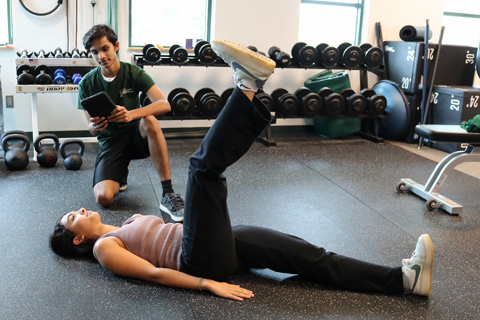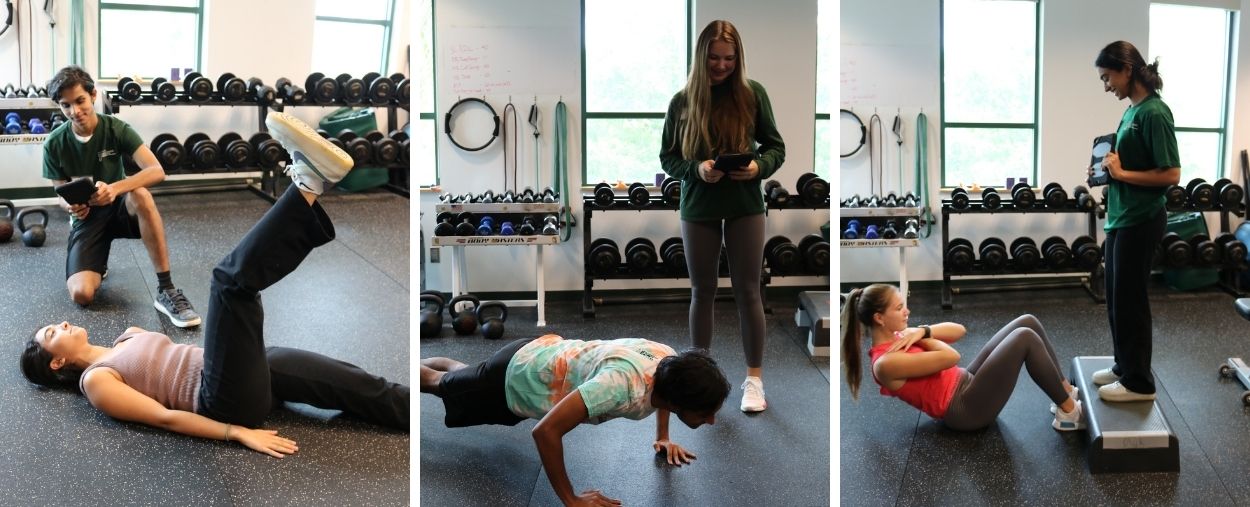CHAMP Interest Form
To make an appointment with a CHAMP consultant, you must complete a Medical History Form and read the Pre-test Preparation Instructions. You will receive an email from champ@miami.edu to schedule your assessment.
About Canes Health Assessment and Motivation Program (CHAMP)
The free CHAMP assessment consists of a simple battery of tests that evaluates your current fitness level and helps you establish an exercise plan for you to complete on your own before returning for a check-in after 6 weeks, followed by another session after 12 weeks.
The CHAMP program is free to all University of Miami students courtesy of an endowment provided by Patti and Allan Herbert.
Fitness Assessments
Each CHAMP appointment lasts about 45-60 minutes and measures the following components of fitness (all optional):
- Resting Measures
- Blood pressure.
- Body fat percentage.
- Waist circumference.
- Cardiovascular Fitness
- Treadmill test in which speed and incline are gradually increased to determine your maximum aerobic capacity.
- Muscular Fitness
- Grip Strength using a hand grip dynamometer or 5 Rep Max for the Bench Press or Squat exercise.
- Flexibility
- Sit and reach.
- Thomas test.
- Fitness Orientation
- Learn how to do basic exercises.
- Receive a written exercise plan based on your goals.





